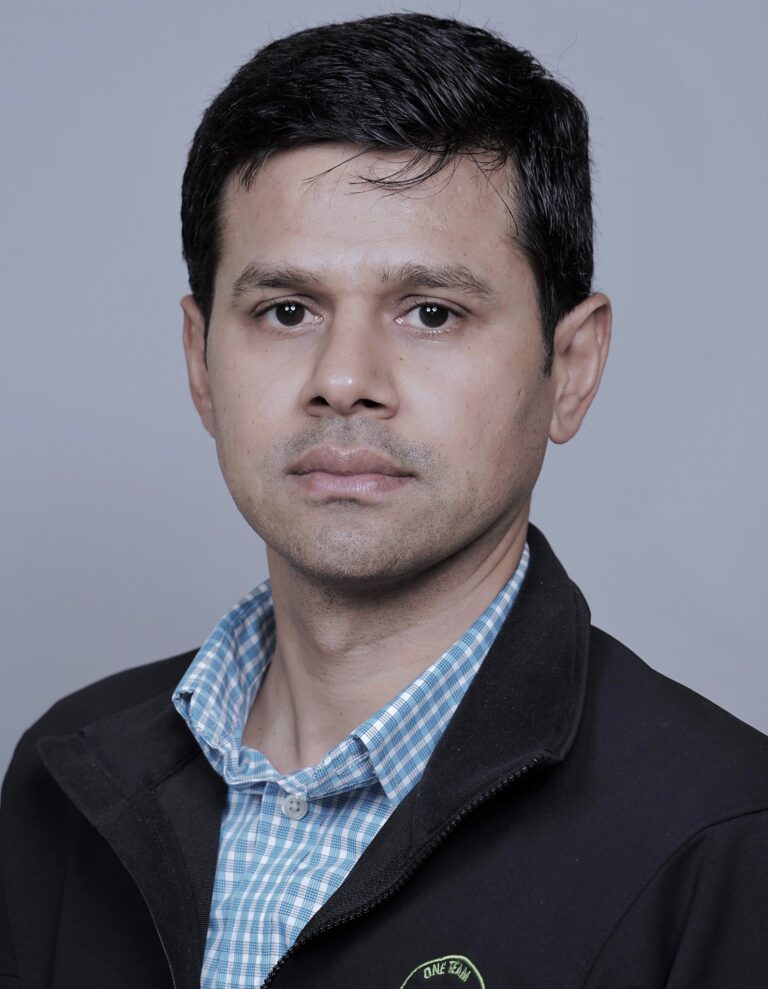
Hitachi Vantara’s Siddharth Verma on how digital twins will power the smart cities of the future
According to a UN report, over half of the world’s population lives in urban areas – a proportion expected to increase to two in every three people by 2050. Cities have long struggled to cope with the impact of rapid urbanisation and population growth, with citizens often (and rightly) demanding effective, long-term solutions to problems like congested roads, crowded public transport, and environmental pollution. For those of us working across the engineering and manufacturing sectors, this is where we believe Smart Cities Spaces can make a huge difference.
In the age of ubiquitous ‘smart’ devices and technology, many may have heard about smart cities but are, for the most part, unlikely to have experienced the full extent of what they have to offer. When executed effectively, Smart City Spaces use different types of sensors to improve the quality of life, public safety, efficiency and sustainability of our cities and the people who live in them. These sensors collect and analyse specific data to inform and instruct – in real time – how the city operates. For example, traffic sensors monitoring car flows would be able to immediately flag road accidents and alert the relevant authorities and control the flow of oncoming traffic in real time.
The opportunities are endless and, while we’ve got some way to go until all cities across the globe can benefit from such technology, there are instances of smart city technology being injected into many cities today. A notable example is Singapore’s Smart Nation initiative, which uses sensors, networks, and data to give citizens the ability to hail a self-driving cab, receive updates on rainfall, temperature and air quality, and report civil issues, among many other capabilities. In many of the examples seen globally, this has been made possible using digital twins.

A digital twin can be described as a digital replica designed to accurately reflect a physical object or process. In the manufacturing and engineering industries, its purpose is to allow teams to simulate how new solutions or processes will work in the real world, and how they might impact associated operations. Because the digital twin should follow the same electro-mechanical laws as in the real world, teams can make an informed judgement as to how the product or solution will function well into the future, effectively reducing risk and accelerating the time taken to deploy the solution or bring it to market.
Thinking back to smart cities which, in theory, are a complex and significant undertaking, digital twins can help make these solutions a viable option for governments and city planners. We’ve discussed how digital twins can give planners, engineers, and construction workers alike the ability to foresee how a building or product will operate, but it can also help expose issues before they become a costly problem. Some of the problems digital twins’ simulations could flag include wasteful energy consumption, poor security monitoring, and insufficient waste management capabilities.
What’s more, deploying a digital twin is a much simpler process than it used to be. The democratisation of design tools and widespread effort to upskill and digitise the manufacturing and engineering industry over recent years has made it possible for more people to bring the capability to their organisations. This has made it possible to run and execute digital twins affordably, opening up new possibilities for organisations looking to technologically advance products, services and, even, entire cities.
While digital twins alone are unlikely to solve all the problems cities face, it could certainly play an important role in setting a long-term, smart city digitisation strategy. Smart cities undoubtedly require a significant upfront investment, but rather than commit to a complete overhaul of city’s existing IT infrastructure, planners and governments have the option to embed digital twins technologies in small steps, particularly during the planning stages of a city’s digitisation effort. This would allow for teams to make a more informed decision regarding the elements of a city to prioritise. For example, would it be of more benefit to citizens to digitise the healthcare system or transport systems?
Many cities have already kickstarted their smart transformations and are seeing great results. For those yet to take the plunge, or perhaps lack the wealth and infrastructure to get projects off the ground, there are solutions that are democratising the process and empowering others to shape the cities so many of us call home. I, for one, am very excited to see where digital twins will have taken us by 2050.

Siddharth Verma is General Manager, Industrial Solutions and IIoT Division, Hitachi Vantara.
Specializing in the Manufacturing/ Industrial Products, Automotive/ Aerospace, Oil & Gas / Mining industry, Sid Verma brings in more than 25 years of experience building profitable & high growth digital product and services businesses, advising C-Suite/ Boards, managing Gartner Quadrant leading SW Product, delivering Professional Services and monetizing new technologies in IIoT, SaaS, Cloud, Analytics, AI and Process Optimization. Sid has a proven track record of managing multi-$M P&L, leading large global teams, and incubating / exponentially growing digital business both organically & via M&A.
Sid led the global Digital Solutions and Corporate Innovation at Astec Industries. With responsibility for developing and servicing a cloud native SaaS product covering Plant Controls, Fleet Telematics, Robotics Automation, Engg Simulation, AI enabled Data and Process Intelligence. Previously, Sid led the Services and Product division as GM, CPO and VP for Siemens Advanta, Hitachi Vantara and Deloitte Digital IIoT practice with full P&L leadership for a topline over $125M and 450 resources. Sid was the CPO of the Lumada IIoT and Industry Insights platform on behalf of Hitachi Ltd, which is still the leader on Gartner Magic Quadrant. Sid spent his early years working in Production, SCM, Controls Engineering and Sales in Aerospace (Safran, Pratt & Whitney) and Automotive (TATA).
Sid is known for building AI enabled cloud native products that allow clients to transforms their operations as COTS/Accelerator with add-on Services/Support advisory services to meet the client’s specific industry and competitive environment. Sid maintain key relationship and has served the following named clients Honda, Toyota, Ford, Tesla, Iveco, CRH, Caterpillar, Lockheed, Raytheon, Sikorsky, VMware, Exxon, Chevron, Philip Morris, South32, NYPA, Sulzer


